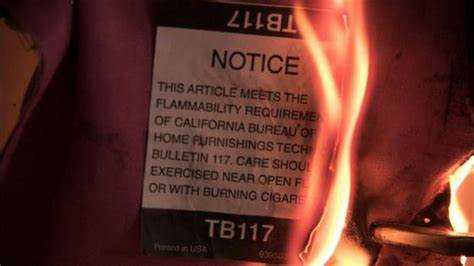New Flammability Standards

Most of Flammability Standards are inclined towards the testing of the flammability of interior and exterior building parts, as well as common household and commercial furniture. These fire and flammability standards are instrumental in the establishment of building codes, insurance requirements, and other fire regulations that govern the use of building materials, as well as in defining the appropriate criteria for the storage, handling, and transport of highly flammable substances.

In-depth physical examinations of new composite component designs for aircraft interiors have contributed to the need for improved materials, as well as upgraded flammability testing. For example, the standard Bunsen burner test did not adequately determine the flammability characteristics of medium-sized composite parts when exposed to a hidden heat source that might represent an in-flight fire threat. Industry leaders are working with the FAA to develop foam block tests designed to validate that structural adhesive and potting compound configurations do not propagate fire.
At the same time, the FSTG has been investigating flammability test results based on composite parts of varied materials, size, thickness and construction. Among the test specimens are honeycomb core sandwich panels and composite laminates. The flammability performance of single components is also being studied. These specimens include different types, densities, and thicknesses of honeycomb core, unpainted panels, and panels coated with a variety of paint and ink colors, as well as panels that have been bonded, potted and/or edge sealed.
Several of the recommendations under consideration by the FSTG to help standardize flammability testing on adhesive and syntactic-containing composite components include:
Testing adhesive, detail and substrate separately or bonded to a “worst case” substrate;
Testing a fabricated, potted or edge-filled panel section or potting/edge sealing compound alone;
Testing an adhesive or syntactic used for insert reinforcement alone to a 12-second vertical test;
2019-11-01 17:46

